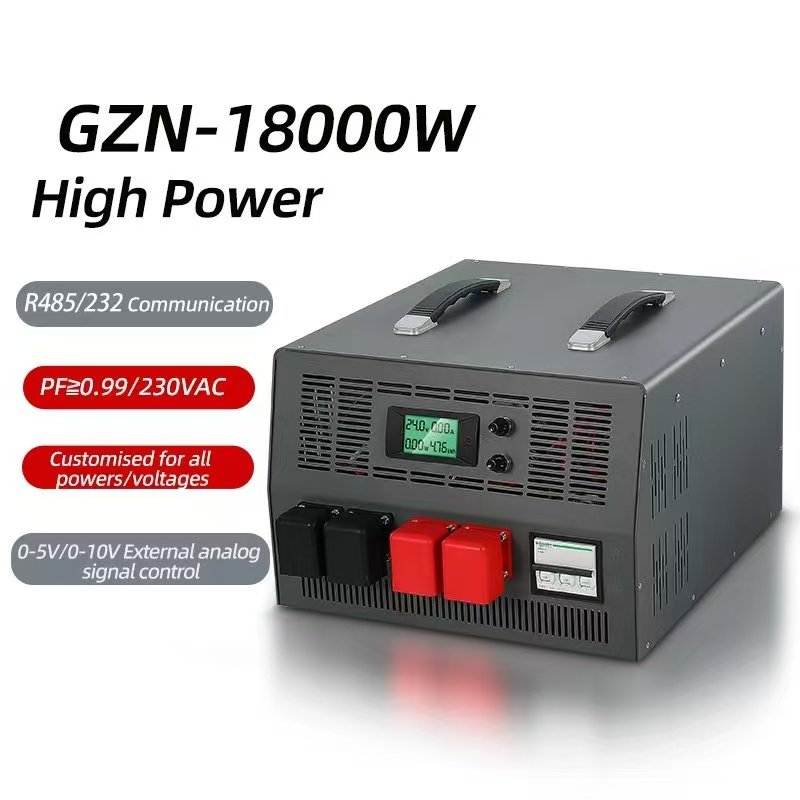The voltage of switching power supplies, such as 5V, 12V, 13.8V, 24V, 36V,48V,72V,and even 110V, is determined by a combination of factors. These factors include the input voltage, output current, transformer ratio, power supply component parameters, and load conditions.

- Input Voltage:
- The input voltage serves as the basis for the switching power supply’s operation, which can be AC (e.g., 220V or 110V) or DC.
- The stability of the input voltage directly impacts the output voltage. Typically, switching power supplies are designed with a certain input voltage range to ensure stable output voltage across different input voltages.
- Output Current:
- The output current is the amount of current the switching power supply provides to the load. It, along with the output voltage and load resistance, determines the power output of the supply.
- Changes in output current within a certain range can affect the stability of the output voltage. Therefore, switching power supplies often incorporate current limiting and over-current protection functions to prevent damage to the power supply or load due to excessive output current.
- Transformer Ratio:
- The transformer is a crucial component in switching power supplies, utilizing the principle of electromagnetic induction to transform voltages.
- The ratio of the transformer determines the relationship between the input voltage and output voltage. By adjusting the transformer ratio, the output voltage can be effectively controlled.
- Power Supply Component Parameters:
- Components such as switching transistors, diodes, high-frequency transformers, and inductors in switching power supplies have parameters (e.g., inductance values, conversion efficiency, switching frequencies) that impact the stability and quality of the output voltage.
- When designing and selecting switching power supplies, it is necessary to comprehensively consider the parameters of these components to ensure stable output and efficient operation.
- Load Conditions:
- The load is the object powered by the switching power supply, and its characteristics and changes (e.g., load resistance, current levels, operating states) can affect the stability and adaptability of the output voltage.
- If the load is too large or the circuit characteristics change suddenly, it may lead to output voltage fluctuations, increased noise, and other instability phenomena. Therefore, when designing and using switching power supplies, it is essential to consider the characteristics and changes of the load and take corresponding measures to ensure stable output.
In summary, the voltage of switching power supplies is determined by a combination of factors, including input voltage, output current, transformer ratio, power supply component parameters, and load conditions. Comprehensive consideration of these factors is necessary when designing and using switching power supplies to ensure stable output and efficient operation.
